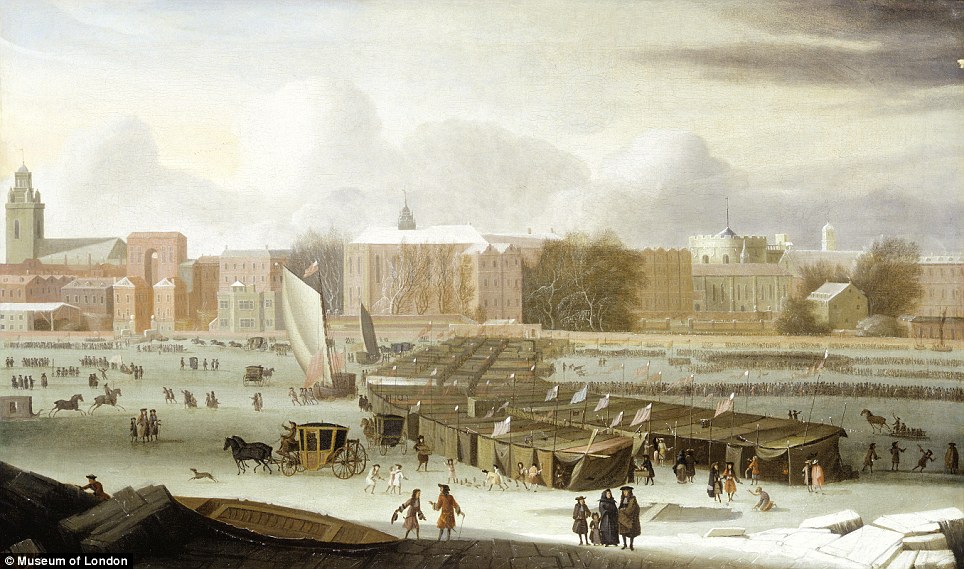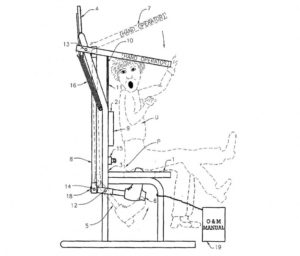May 12, 2017
They Asked Me… Everything!
Hi folks!
Yesterday, I hosted an ‘Ask Me Anything’ (AMA) on Reddit. I wanted to take a moment to thank the attendees for all of their questions – especially the challenging ones. So here goes: thank you everyone for the great Q&A session! It sure was wide-ranging – with questions on the security of smartphones to Formula 1 and… my favorite food and drink, plus of course the obligatory queries about how to pronounce my surname and… Star Wars. In fact, you guys asked so many questions that I couldn’t answer them all in the time. But I encourage you to read the full thread here – maybe some of my replies there answer your questions too; if not – feel free to drop some more as I may have a future blogpost responding to them or answer them directly on Reddit.
Simultaneously with the AMA there was a hearing taking place in Washington, D.C., where concerns were being raised about Kaspersky Lab. This is nothing new for us: false allegations are something we’ve gotten used to. Still, let us address some of the questions that were raised there and which also happened to find their way to the Reddit community:
Is your company subject to SORM given you operate servers in Russia?
No, SORM is for ISPs and telecom companies, and we are not them. EDIT: The same goes to PRISM or similar systems. (AMA thread)
The US Senate Intel committee is currently interviewing the heads of the intelligence community. They were just asked whether they would be comfortable running Kaspersky software on their computers. The answer was unanimous: No.
Thoughts?
I respectfully disagree with their opinion, and I’m very sorry these gentlemen can’t use the best software on the market because of political reasons. (AMA thread)
What is your reaction to the Intelligence Committee’s (CIA Director Mike Pompeo, Acting FBI Director Andrew McCabe, DNI Director Dan Coats, National Geospatial-Intelligence Agency Director Robert Cardillo, and Defense Intelligence Agency Director Lt. General Vincent Steward) universal statement of a lack of confidence in Kaspersky Labs software on their systems?
Once again, I think that due to political reasons, these gentlemen don’t have an option, and are deprived from the opportunity to use the best endpoint security on the market without any real reason or evidence of wrongdoing from our side. I would be very happy to testify in front of the Senate, to participate in the hearings and to answer any questions they would decide to ask me. (AMA thread)
Is there a backdoor built into your software?
Our software is designed to protect our customers, not to breach into their devices. There is no hidden functionality in our products, including backdoors. (AMA thread)
On our relationship with Michael Flynn
To clarify things: We paid a speaker fee for DC public conference. Nothing scandalous here, he was a good speaker. (AMA thread)
On the inevitable KGB questions and misinformation: Is the statement “Once KGB Agent, Always a KGB Agent” true?
Really can’t say, I haven’t been by a KGB agent / employee for a second. (AMA thread)
On allegations that we help governments commit cybercrime
Kaspersky Lab has no ties to any government, and the company has never helped, nor will help, any government in the world with its cyberespionage efforts. (full statement)
In closing, we weren’t asked to participate in any hearings or investigations. As mentioned earlier, we are always happy to assist in investigations where our expertise could benefit the greater good or to meet with a congressional panel with questions into the work of my company.























